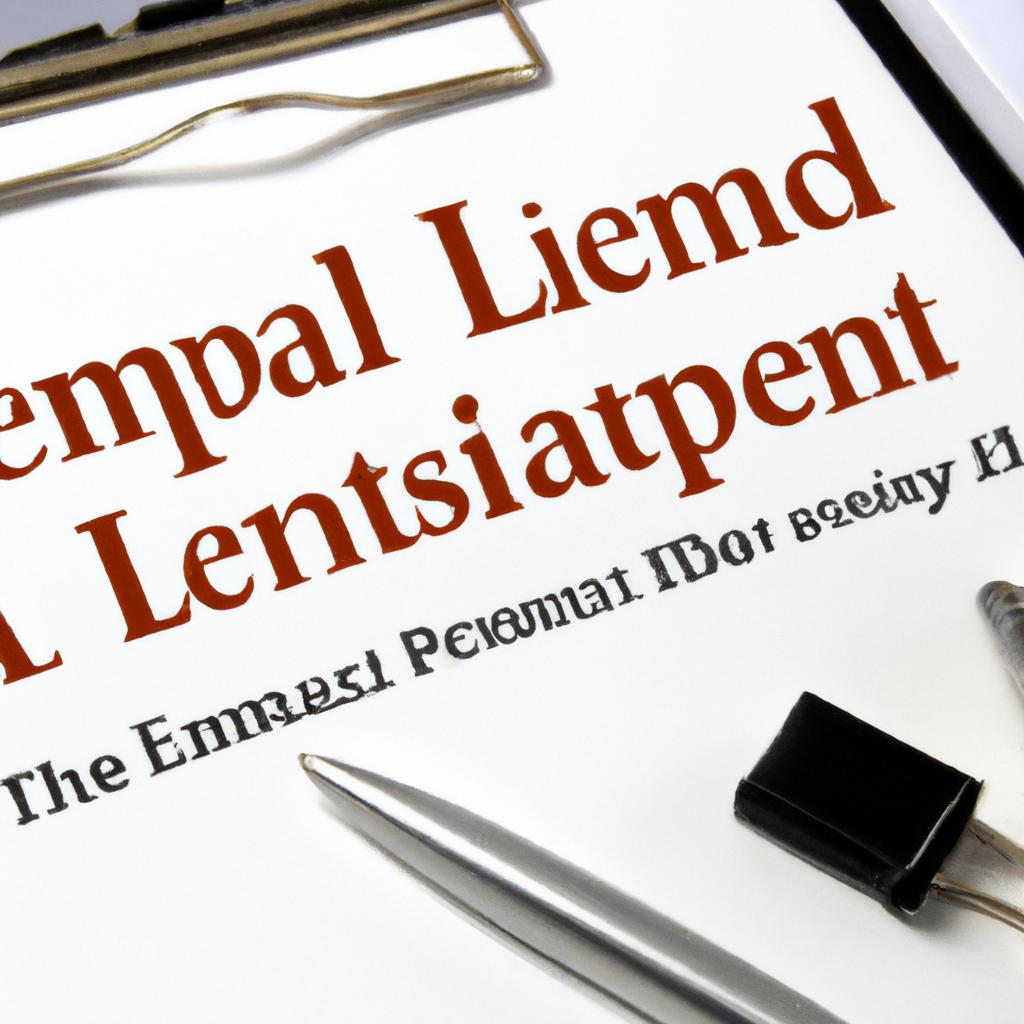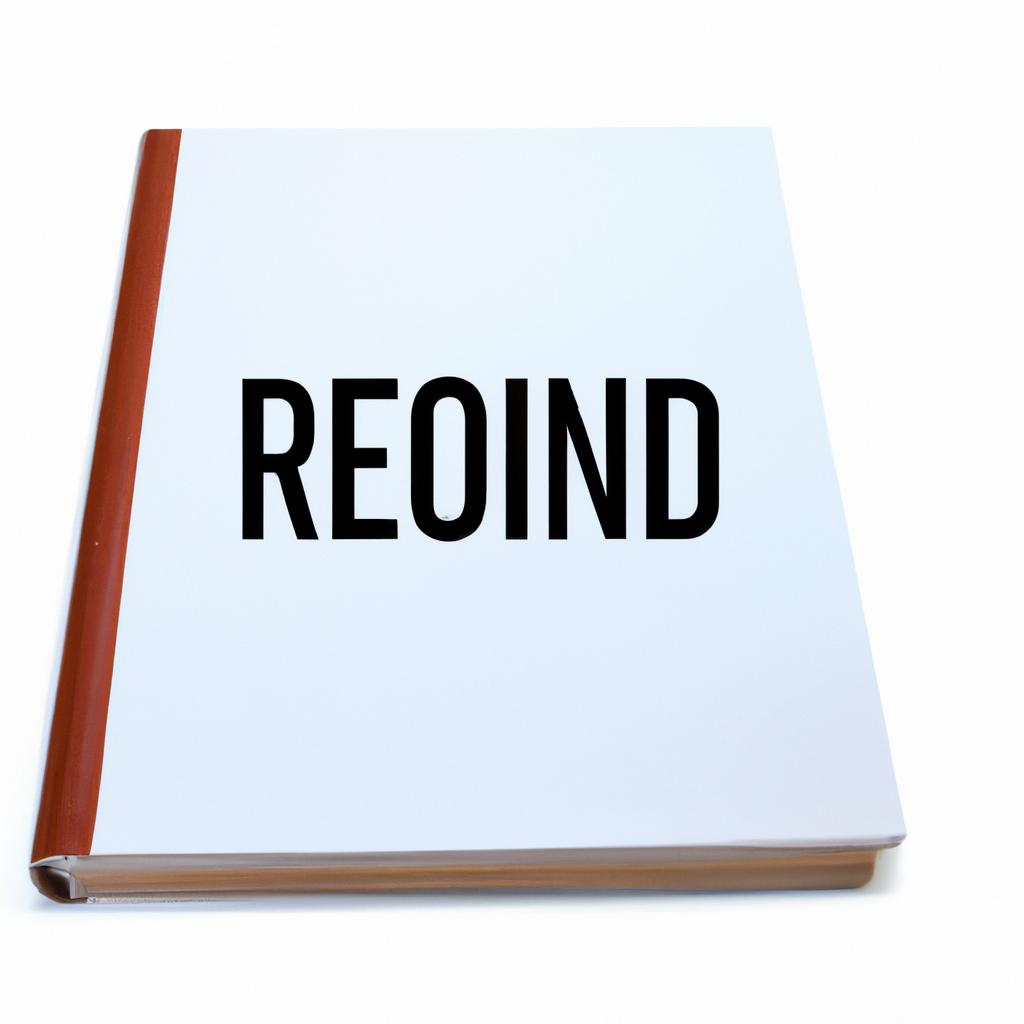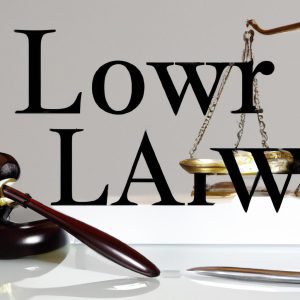In the intricate labyrinth of legal matters, few things carry as much weight and significance as end of life planning. As experienced legal practitioners at Morgan Legal Group in the bustling metropolis of New York City, we understand the delicate art of estate planning, probate, elder law, Wills, and trusts. Today, we delve into the essential tool that is the end of life planning kit – a comprehensive guide to help individuals navigate the murky waters of final arrangements and ensure their wishes are met with precision and clarity. Join us as we unravel the complexities and importance of this invaluable resource.
Essential Components of an End of Life Planning Kit
When creating an end of life planning kit, there are several essential components that should be included to ensure your wishes are carried out as you desire. These components are crucial in safeguarding your legacy and providing clarity for your loved ones during a difficult time.
First and foremost, a Last Will and Testament is a vital document that should be included in your end of life planning kit. This legal document outlines how you wish your assets to be distributed after your passing. It also allows you to designate guardians for any minor children and specify any funeral or burial arrangements. Additionally, a Living Will, also known as an advance directive, should be included in your kit. This document outlines your wishes for medical treatment in the event you are unable to communicate them yourself, ensuring your healthcare preferences are respected.
Understanding the Importance of Advance Directives
When it comes to end-of-life planning, is crucial. These legal documents allow individuals to outline their medical care preferences and designate a healthcare proxy to make decisions on their behalf if they become unable to do so. Advance directives provide peace of mind and ensure that a person’s wishes are respected, even when they are unable to communicate them.
Creating advance directives is a proactive step towards protecting oneself and loved ones during times of uncertainty. By having these documents in place, individuals can avoid potential conflicts among family members and healthcare providers, as well as ensure that their wishes are followed when it comes to medical treatment and end-of-life care. It is never too early to start planning for the future, and advance directives are a crucial part of any comprehensive end-of-life planning kit.

Detailed Guidance on Selecting a Healthcare Proxy
When selecting a healthcare proxy, it is crucial to choose someone who understands your values and preferences regarding medical care. This individual should be someone you trust to make decisions on your behalf if you are unable to communicate your wishes. Consider the following factors when selecting a healthcare proxy:
- Close relationship: Choose someone who knows you well and can accurately represent your preferences.
- Availability: Select a proxy who is willing and able to fulfill this role in the event of a medical emergency.
- Communication skills: Ensure that your proxy is comfortable speaking with healthcare providers and advocating for your wishes.
- Medical knowledge: While not necessary, a proxy with some medical knowledge may be better equipped to understand complex medical situations.
It is important to have a conversation with your chosen proxy about your wishes for medical care and end-of-life decisions. Be specific about the types of treatments you would want or not want in certain situations. Consider creating an advance directive or living will to document your preferences in writing. Finally, make sure to inform your healthcare providers, family members, and other important individuals about who your healthcare proxy is and provide them with a copy of any relevant documents.

Recommendations for Organizing Important Documents in Your Kit
One crucial aspect of end-of-life planning is organizing important documents in your kit. Without proper organization, key documents could be misplaced or overlooked, causing unnecessary stress and confusion for loved ones. To ensure your end-of-life planning kit is comprehensive and well-organized, consider the following recommendations:
- Categorize Documents: Sort documents into categories such as legal, financial, medical, and personal to make them easier to locate when needed.
- Use Protective Coverings: Store documents in protective coverings such as plastic sleeves or waterproof bags to safeguard them from damage or deterioration over time.
- Create a Master List: Compile a master list of all documents in your kit, including where each document is located, to provide a quick reference guide for your loved ones.
In addition to these recommendations, consider utilizing a designated folder or binder specifically for your end-of-life planning documents to keep them organized and easily accessible. By taking the time to organize your important documents now, you can help ensure a smoother and more efficient process for your loved ones in the future.
Q&A
Q: What is an end of life planning kit?
A: An end of life planning kit is a collection of documents and resources that help individuals organize and communicate their wishes for medical care, financial affairs, and funeral arrangements before they pass away.
Q: Why is it important to have an end of life planning kit?
A: Having an end of life planning kit can provide peace of mind for both the individual and their loved ones, ensuring that their wishes are known and respected, and easing the burden of decision-making during a difficult time.
Q: What should be included in an end of life planning kit?
A: An end of life planning kit typically includes documents such as a living will, power of attorney, healthcare proxy, and final wishes checklist, as well as important personal and financial information such as insurance policies, bank account details, and passwords.
Q: How can someone create an end of life planning kit?
A: Creating an end of life planning kit involves gathering and organizing important documents and information, discussing end of life preferences with loved ones, and consulting with legal and financial professionals to ensure that everything is in order.
Q: Where can someone find resources to help them create an end of life planning kit?
A: There are many online resources, books, and workshops available to help individuals create an end of life planning kit, as well as organizations such as hospice agencies and estate planning attorneys who can provide guidance and support.
The Conclusion
As we near the end of our article on end of life planning kits, remember that preparing for the inevitable doesn’t have to be daunting. With the right resources and guidance, you can create a comprehensive plan that ensures your final wishes are carried out and your loved ones are provided for. Whether you’re just starting to think about your end of life plans or looking to update an existing plan, a planning kit can be a valuable tool to help you navigate this important process. By taking the time to organize your affairs and communicate your wishes, you can find peace of mind knowing that you have taken care of the future. Thank you for reading, and best of luck as you embark on this important journey.
 End of Life Planning Kit: Essential Guide for Peace of Mind
End of Life Planning Kit: Essential Guide for Peace of Mind
As uncomfortable as it may be to think about, death is a natural part of life. And while we can’t control the inevitability of our own mortality, we can prepare for it. End of life planning is becoming increasingly important for individuals and families, and one valuable tool for this process is an end of life planning kit. In this article, we will delve into what an end of life planning kit is, why it is essential, and how to create the perfect one for yourself or a loved one.
What is an End of Life Planning Kit?
An end of life planning kit is a comprehensive collection of documents, resources, and personal preferences that help individuals prepare for the end of their life. It aims to provide peace of mind to both the individual and their loved ones, ensuring that their wishes are honored and their affairs are in order.
Why is an End of Life Planning Kit Essential?
1. Provides Personal and Financial Organization
An end of life planning kit helps individuals organize and document their personal and financial affairs. This includes important documents such as wills, power of attorney, and insurance policies. Having all these documents in one place makes it easier for loved ones to navigate through various legal processes after an individual’s death.
2. Ensures Your Wishes are Honored
Creating an end of life planning kit gives individuals the opportunity to clearly express their end-of-life preferences. This can include decisions about medical treatments, funeral arrangements, and distribution of assets. By putting these preferences in writing, individuals can ensure that their wishes are respected and followed.
3. Reduces Stress for Loved Ones
Losing a loved one is a difficult and emotional experience. Having an end of life planning kit readily available can help reduce the stress and burden on loved ones during an already challenging time. With all the necessary information and documents in one place, loved ones can focus on mourning their loss instead of sorting through paperwork and trying to decipher their loved one’s wishes.
4. You Never Know When You Will Need It
We tend to think that end-of-life planning is something we can do later in life. However, the reality is that none of us know how much time we have left. Having an end of life planning kit prepared earlier in life can provide peace of mind and eliminate the risk of leaving things until it’s too late.
How to Create an End of Life Planning Kit
1. Gather Important Documents
The first step in creating an end of life planning kit is to gather all the relevant documents. These should include legal documents such as a will, power of attorney, and living will. It should also include insurance policies, property deeds, bank accounts, and any other important financial documents.
2. Include Medical and Healthcare Information
An end of life planning kit should also contain medical and healthcare information. This can include a list of current medications, medical history, and any allergies or conditions you may have. It should also include your preferred healthcare provider and your end-of-life medical preferences, such as a do-not-resuscitate order.
3. Include Funeral and Burial Preferences
An important aspect of end-of-life planning is deciding what to do with your remains. Your end of life planning kit should include your funeral and burial preferences. This can include whether you wish to be cremated or buried, where you would like to be buried or where you want your ashes scattered, and any specific requests for your funeral service.
4. Share Your Wishes with Loved Ones
Once you have created your end of life planning kit, it’s essential to share it with your loved ones and any designated individuals who may need access to this information. This ensures that your wishes are known and can be acted upon in the event of your death.
5. Keep Your Kit Updated
End of life planning is an ongoing process, and it’s essential to keep your kit updated as your life circumstances change. Review your kit at least once a year and make any necessary changes or additions.
In Conclusion
Creating an end of life planning kit may seem daunting, but it is a crucial step in ensuring that your wishes are honored and your loved ones are taken care of. It provides peace of mind, organization, and a sense of control over your end-of-life decisions. Don’t wait until it’s too late, start creating your end of life planning kit today. You and your loved ones will be grateful for the peace of mind it brings.






